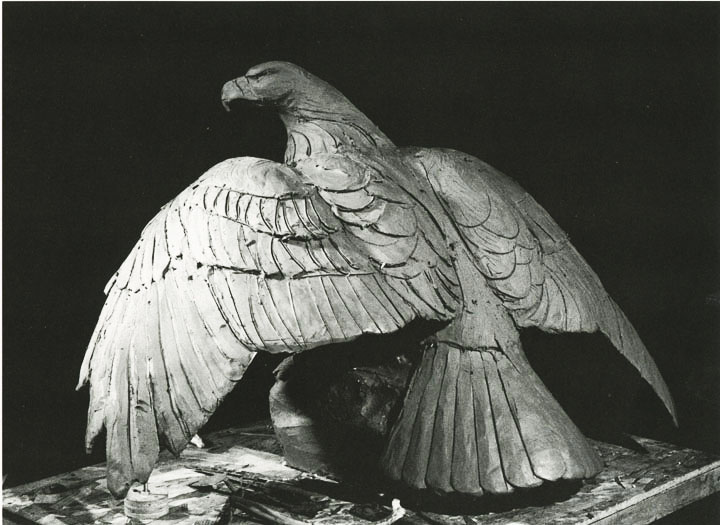Artists and collectors today are enjoying a resurgent interest in and a cultural return to representational art and realism.

During the modernist movement art that appealed to collective sensibilities was labeled as "kitsch" and therefore banished as garish and sentimental. Art was intellectualized and the only thing that linked traditional (classical) art and modern art was the fact that artists used the same material.
As modern art moved from one "ism" to another the average layman and viewer was isolated and cut off from time-honored, traditional and universal art. The public became a dumping ground for an individual artist's point of view and public outrage seemed to be the goal.
Google "piss Christ" for more information.
I keep in mind that throughout history the world's greatest art was typically produced on demand by a church, state, etc.
I continue to look at and experience modernism in museums and know there can be excitement, simplicity and good design in some abstract and non-reprentstational art. However, as an artist and a student of art history I don't subscribe to intellectualized art and elitism. There are no longer arbiters of taste.
Modern non-representational sculpture and painting was not an evolutionary extension of classical art. The character and purpose of modern art is complex - involving political and physiological
upheavals of the 20th century.
Art cannot be modern, art is timeless.
- Egon Schiele
Go to the BLOG INDEX on the right for more information.
Blog, text, photos, drawings, and sculpture . . . © Sandy Scott and Trish











































